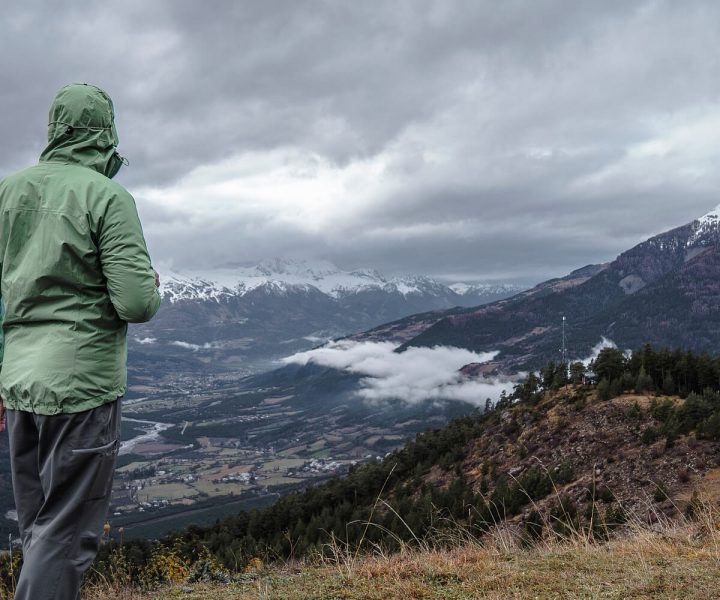
The amount of waterproof jackets on the market is almost overwhelming, and they all claim to keep you dry and comfortable while outdoors. So, how do you choose the best waterproof jacket for you?
Some things that you need to take into consideration are construction, fit and cut, fabrics, hood, and extra features, such as pockets or zippers. We’ve put together a list of items for you to look out for, so you can head outdoors confident that even in the worst weather, you’ll stay as warm and dry as possible.
Waterproof
Whenever you invest in a waterproof jacket from a reputable outdoors brand, if it claims to be windproof and waterproof, chances are it is. Three main elements contribute to it being waterproof: fabric, construction, and design.
The fabric should have been developed to be waterproof, and the best two materials for this are Gore-Tex and eVent, which have been designed to keep out water. When it comes to construction, look for taped seams, meaning that the internal sutures and stitch-lines have been covered with waterproof sealing tape, preventing the stitches from allowing water to leak in. The design should keep the water from running down your neck, so look for components like storm flaps or neck gaiters.
Cut and fit
In the most general terms, you’ll want a jacket that fits your body shape and suits your activity. For general hiking or camping, look for something that fits snugly, but is not too tight. For mountain climbing, look for a jacket that’s slightly shorter than average, so a climbing harness will not get in the way. When trying it on, reach above as if you are climbing, ensuring that your jacket doesn’t ride up and obstruct your view.
For all outdoor activities, look for a jacket that fits tightly but doesn’t restrict your movement. A winter jacket should be large enough to allow you to wear some layers underneath, so make sure to buy a larger size than usual.
Hood
The hood of the jacket should fit close enough to move in the direction of your gaze and give your face side protection without obstructing your peripheral vision. If you plan on using it during really extreme weather, look for a hood that gives you decent facial protection. Ideally, it should fit just below eye-level.
Pockets
The amount and placement of the pockets in a waterproof jacket is a matter of personal preference, depending if you’re planning on using them. However, we recommend looking into a waterproof jacket that has a chest pocket large enough to fit your phone and a map.
Your pockets should be above your waist, or they won’t be easy to access when wearing a harness or rucksack, which will also create pressure against anything you have in your pockets, possibly ruining them.
Extra features
Some other things you can look out for are venting options if you run warm, but make sure that they work smoothly and won’t jam in the worst possible moment. Most modern waterproof jackets come with water-resistant zippers, the best being made from molded plastic teeth, which are tough and flow smoothly. If you’re concerned about mountain safety or visibility, consider a bright color that will stand out against murk and snow, such as red or orange.
 Your Privacy Choices
Your Privacy Choices
 The
The